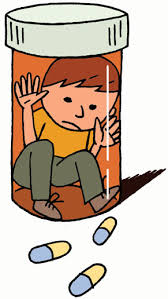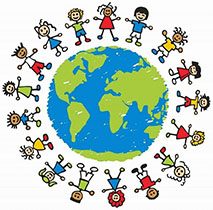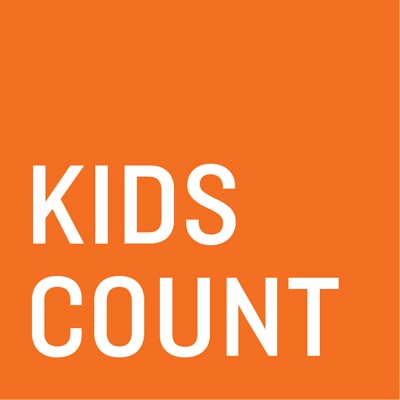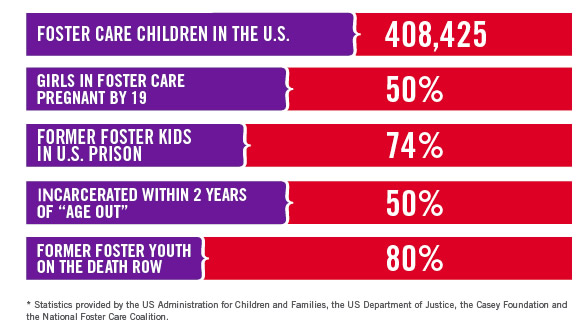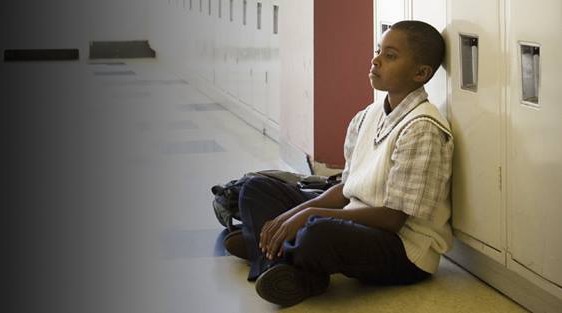Yesterday at the State Capital in St Paul, Black Lives matter rallied outside for fair treatment by the police and inside (where I was) at the rotunda for fair treatment in child protection for black families and children.
Child protection is viewed by many in the community as a finance driven machine making life miserable for families and ruining the lives of their children.
Far too many group homes and foster care givers fall far short of providing a safe haven for traumatized children and state ward children are often;
* forced to take psychotropic medications without adequate mental health services
* abused while in child protective services
From reporting to discharge, the over representation of Black children in the child protection system cannot be overstated.
Nationally,
37% of children are reported to child protection by the time they are 18 unless they are black, when the number jumps to 54%.
Black families are 4 times more likely to be subjects of a child protection investigation & 5 time more likely to experience a child protection report than white families.
Black children are 5.3 times more likely to be placed in foster homes than white children.
After 20+ years as a white volunteer CASA guardian ad litem, I know that the system leaves few people involved with it satisfied and I very much see why black families think the system is a money driven machine.
Not having a child protection system would be unethical and deadly for children. Our best hope is to make the changes that are critical to building a fair and effective system that breaks the cycle of generational child abuse.
Communities that fail to support young mothers and their children will not have schools performing at acceptable reading, math or graduation rates and they will continue to suffer high crime and incarceration rates. The U.S. criminal justice system has approached a near 80% recidivism rate within the prison system.
To this end, Kids At Risk Action strongly supports the efforts of Safe Passage for Children of Minnesota
www.safepassagemn.com and the CASA guardian ad litem volunteer program www.casamn.org


